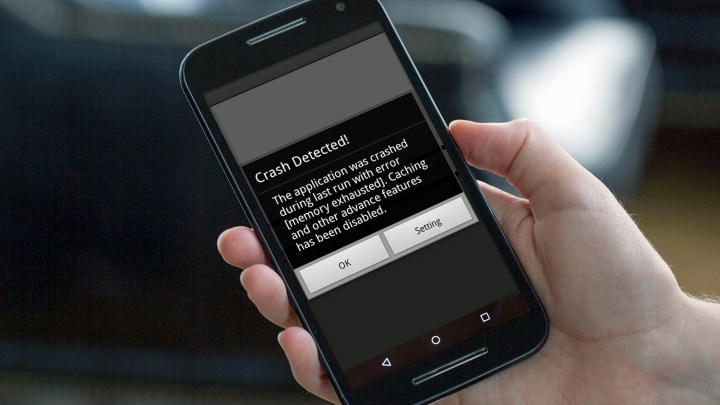
Once installed, the malware allows hackers to spy on things like calls, texts, emails, the camera, and even the keys that you type on your device, so it’s clearly not a hack you want on your phone.
The iOS and Android versions have some major differences. The iOS version was first developed to jailbreak devices using a total of three zero-day exploits. Zero-day exploits are basically hacks that expose small vulnerabilities in the code of a device. Thankfully, Apple patched the vulnerabilities in August, rendering the hack useless.
On Android, Chrysaor works slightly differently. If it can’t root the phone, it instead requests permissions from unknowing users that will still allow it to eventually steal their data. On top of that, the malware is programmed to uninstall itself if it can be spotted, meaning you may never know that your device was hacked.
Chrysaor isn’t widespread, but it could be devastating if gets installed on your phone. So how do you avoid it? The researchers noted that no apps with Chrysaor have been discovered on Google Play, so users should avoid downloading software from third-party app stores. Google Play has always been and remains the safest way to download and install apps on your Android phone. Not only that, but Google has contacted users it thinks were infected with the malware — so if you haven’t gotten a notice, it’s likely you weren’t infected.
Let’s hope it stays that way.


